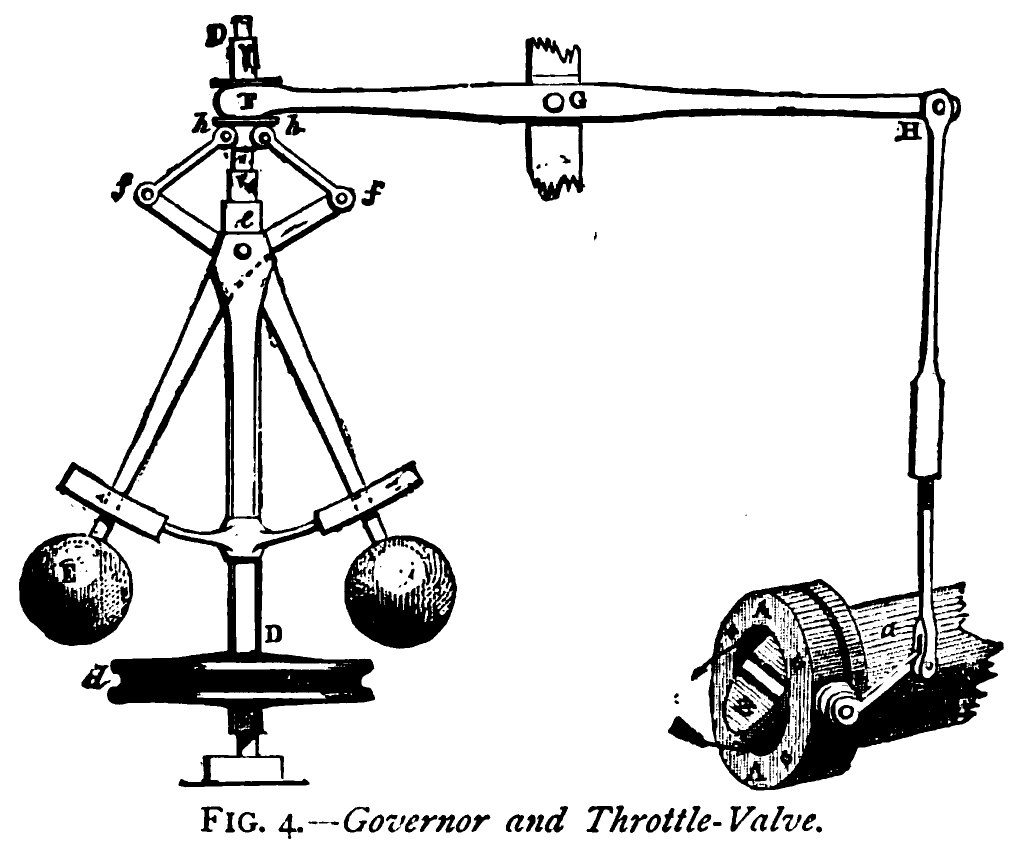jm-urbani
Junior Member
- Joined
- Dec 21, 2010
- Messages
- 67
- Location
- French Riviera
- Aircraft
- home built mono seat
- Total Flight Time
- 300ish
xxxxx
Last edited:
How does helis manage to perform auto-rotation zero "roll" landings without wheels and without suspension ?
I don't know, but I suppose it's a manual control.Hi Javier,
does the pilot control the collective pitch manually or is there a system that keeps the rotor rpm constant acting on the pitch to achieve this constant rrpm ?
Not really.touchy !

